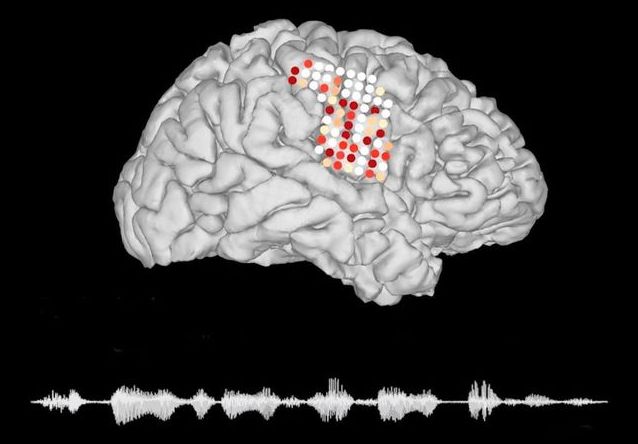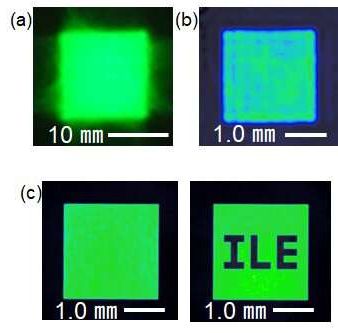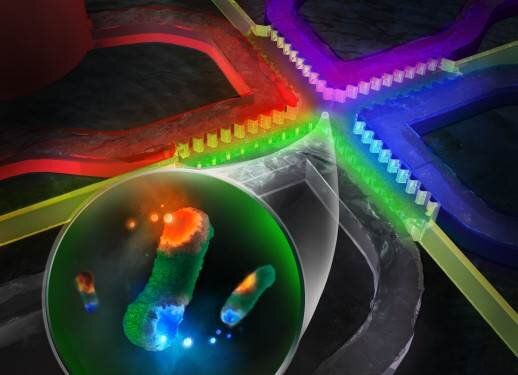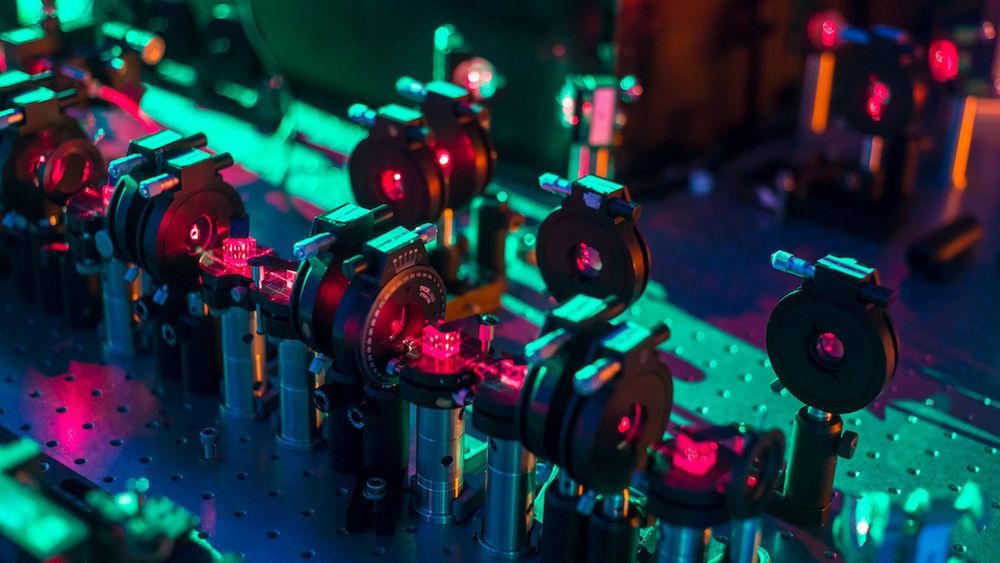Archive for the ‘computing’ category: Page 631
Apr 24, 2019
Quality of laser beam shaping can be enhanced at no extra cost
Posted by Quinn Sena in categories: biotech/medical, computing, holograms
Researchers from Osaka University have developed a technique for improving accuracy of laser beam shaping and wavefront obtained by conventional methods with no additional cost by optimizing virtual phase grating. The results of their research were published in Scientific Reports.
A high quality square flattop beam is in demand for various fields, such as uniform laser processing and medicine, as well as ultrahigh intensity laser applications for accelerators and nuclear fusion. Beam shape is key to realizing the laser’s potential abilities and effects. However, since beam shape and wavefront vary by laser, beam shaping is essential for producing the desired shapes to respond to various needs.
Static and adaptive beam shaping methods have been developed for various applications. With Diffractive Optical Element (DOE) as a static method, edge steepness and flatness are low and wavefront becomes deformed after shaping. (Figure 1 (a)) In addition, computer-generated hologram (CGH) as a typical adaptive method has the same difficulties.
Continue reading “Quality of laser beam shaping can be enhanced at no extra cost” »
Apr 24, 2019
On-chip drug screening for identifying antibiotic interactions in eight hours
Posted by Quinn Sena in categories: biotech/medical, computing
A KAIST research team developed a microfluidic-based drug screening chip that identifies synergistic interactions between two antibiotics in eight hours. This chip can be a cell-based drug screening platform for exploring critical pharmacological patterns of antibiotic interactions, along with potential applications in screening other cell-type agents and guidance for clinical therapies.
Antibiotic susceptibility testing, which determines types and doses of antibiotics that can effectively inhibit bacterial growth, has become more critical in recent years with the emergence of antibiotic-resistant pathogenic bacteria strains.
To overcome the antibiotic-resistant bacteria, combinatory therapy using two or more kinds of antibiotics has been gaining considerable attention. However, the major problem is that this therapy is not always effective; occasionally, unfavorable antibiotic pairs may worsen results, leading to suppressed antimicrobial effects. Therefore, combinatory testing is a crucial preliminary process to find suitable antibiotic pairs and their concentration range against unknown pathogens, but the conventional testing methods are inconvenient for concentration dilution and sample preparation, and they take more than 24 hours to produce results.
Continue reading “On-chip drug screening for identifying antibiotic interactions in eight hours” »
Apr 24, 2019
A faster method for multiplying very big numbers
Posted by Quinn Sena in categories: computing, education, information science, mathematics
The multiplication of integers is a problem that has kept mathematicians busy since Antiquity. The “Babylonian” method we learn at school requires us to multiply each digit of the first number by each digit of the second one. But when both numbers have a billion digits each, that means a billion times a billion or 1018 operations.
At a rate of a billion operations per second, it would take a computer a little over 30 years to finish the job. In 1971, the mathematicians Schönhage and Strassen discovered a quicker way, cutting calculation time down to about 30 seconds on a modern laptop. In their article, they also predicted that another algorithm—yet to be found—could do an even faster job. Joris van der Hoeven, a CNRS researcher from the École Polytechnique Computer Science Laboratory LIX, and David Harvey from the University of New South Wales (Australia) have found that algorithm.
They present their work in a new article that is available to the scientific community through the online HAL archive. But one problem raised by Schönhage et Strassen remains to be solved: proving that no quicker method exists. This poses a new challenge for theoretical computer science.
Continue reading “A faster method for multiplying very big numbers” »
Apr 24, 2019
A New Approach to Multiplication Opens the Door to Better Quantum Computers
Posted by Genevieve Klien in categories: computing, information science, quantum physics
Quantum computers can’t selectively forget information. A new algorithm for multiplication shows a way around that problem.
Apr 23, 2019
Light-based computer hardware that can compete with silicon
Posted by Quinn Sena in categories: business, computing, quantum physics
A team of researchers at NTT Corporation has developed a way to use light-based computer hardware that allows it to to compete with silicon. In their paper published in the journal Nature Photonics, the group describes their research, the devices they created and how well they worked.
Computer scientists have known for some time that the era of increasing computer speed by modifying silicon-based computer parts is coming to an end. To that end, many have turned to quantum computing as the way to speed up computers—but to date, such efforts have not led to useful machines and there is no guarantee they ever will. Because of that, others in the computer business are looking for other options, such as using light to move data around inside of computers instead of electrons. Currently, light is generally only used to carry data long distances. In this new effort, the researchers report that they have developed computing devices based partially on light that performed as well as electron-based hardware.
The idea of using only light as a data medium in computer hardware is still a long way off—instead, engineers are focusing on using light in areas where it seems feasible and electrons everywhere else. Because of that computer devices must be able to convert between the two mediums, a problem that until now has prevented such devices from being built. Prior efforts have required too much power to be feasible and the conversion process has been too slow. To get around both problems, the researchers developed a new kind of photonic crystal that was able to diffuse light in a way that allowed it to follow a designated path on demand and to also be absorbed when needed to be used for generating current. The crystal was also able to work in reverse.
Continue reading “Light-based computer hardware that can compete with silicon” »
Apr 22, 2019
Elon Musk says machine to connect human brain to computers is ‘coming soon’
Posted by Genevieve Klien in categories: computing, Elon Musk, neuroscience
Apr 20, 2019
This Quantum Computer Can See the Future — All 16 of Them
Posted by Genevieve Klien in categories: computing, quantum physics
Researchers have built a quantum computer prototype that can show 16 possible futures at the same time.
Apr 20, 2019
MicroSD Cards Packing 1TB of Storage Arrive This Spring
Posted by Shailesh Prasad in category: computing

They’re in the works at Micron and Western Digital, but they won’t be cheap. WD’s card arrives in April for $449.99; Micron has not yet announced pricing.















